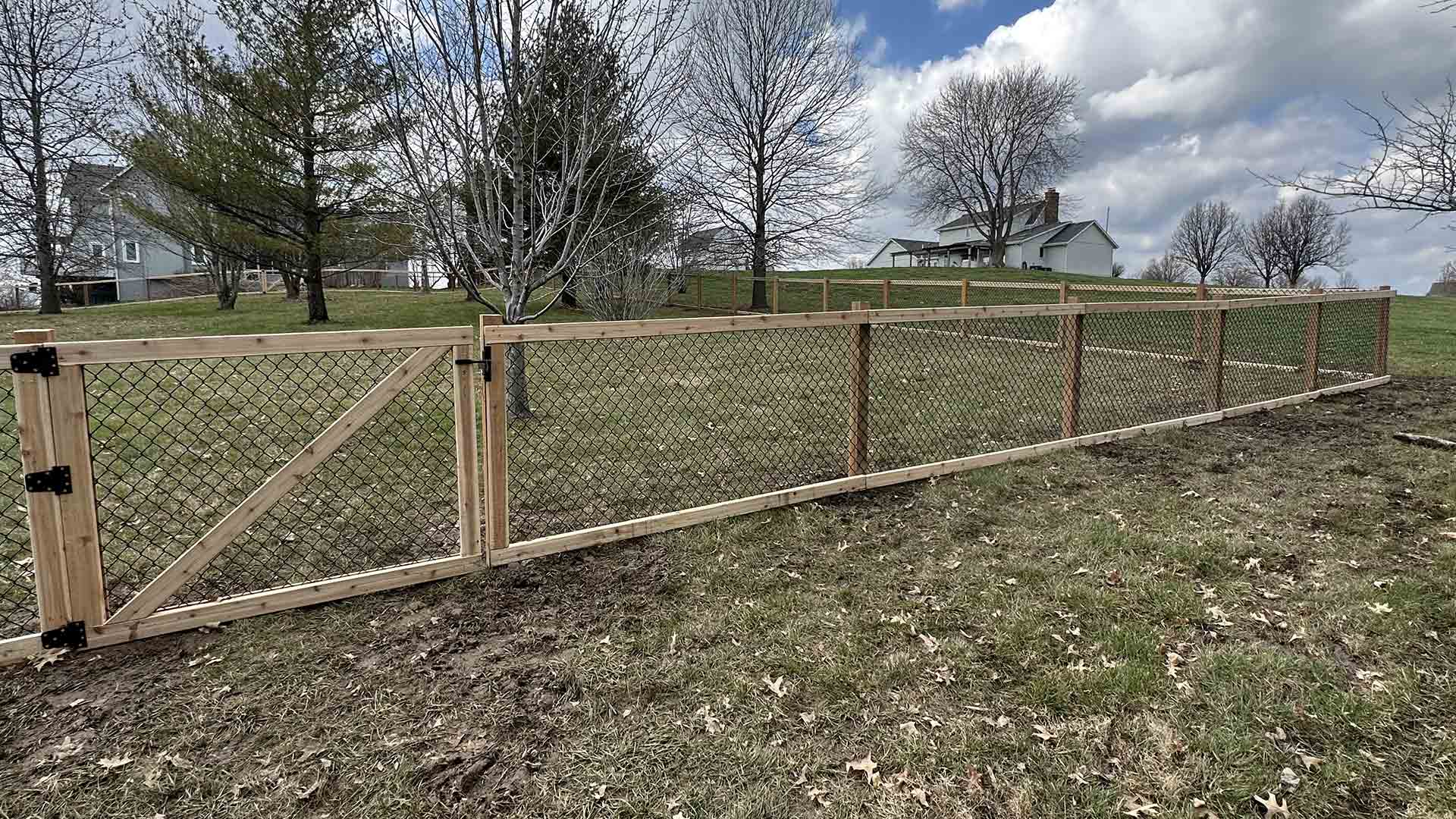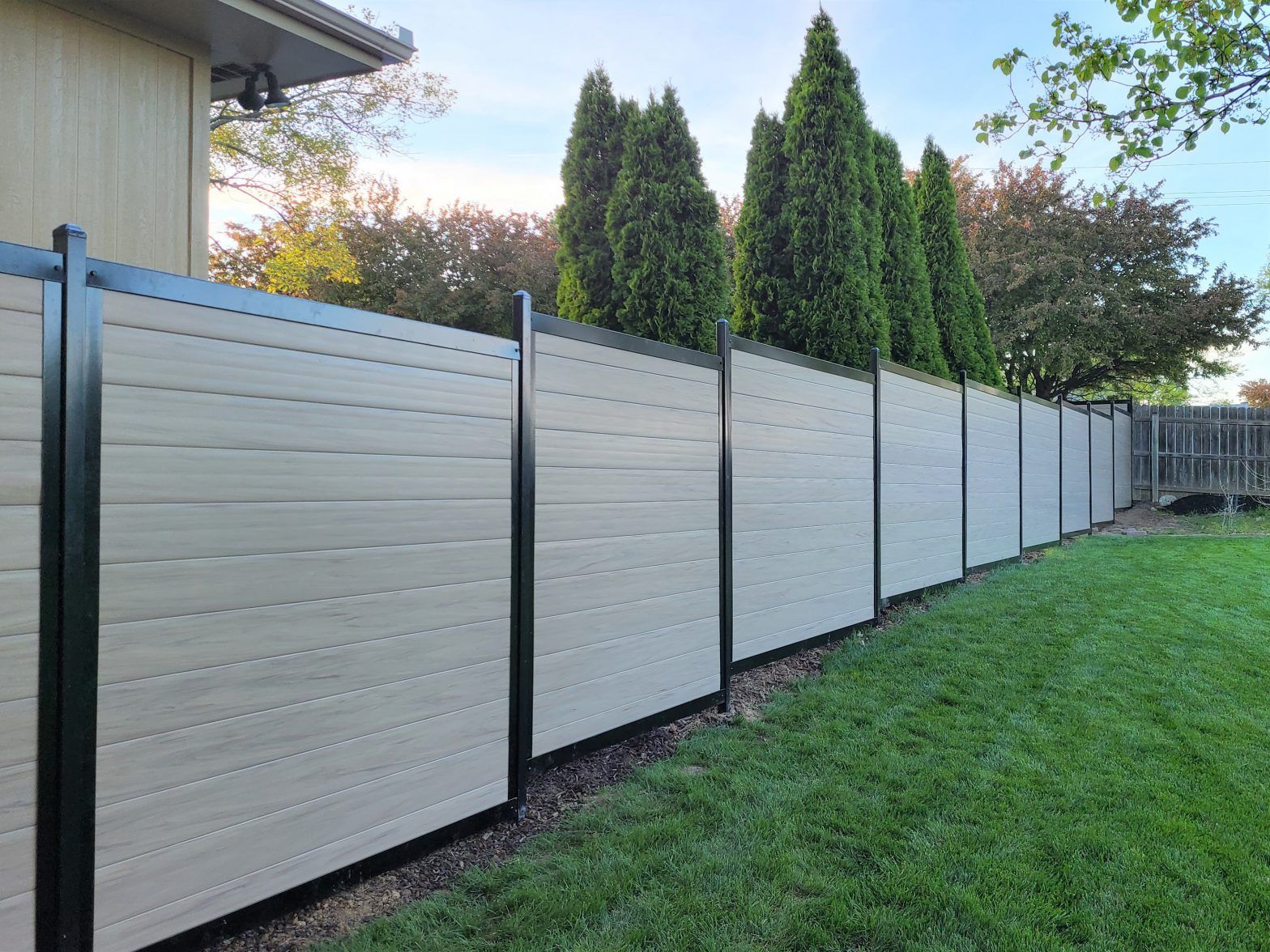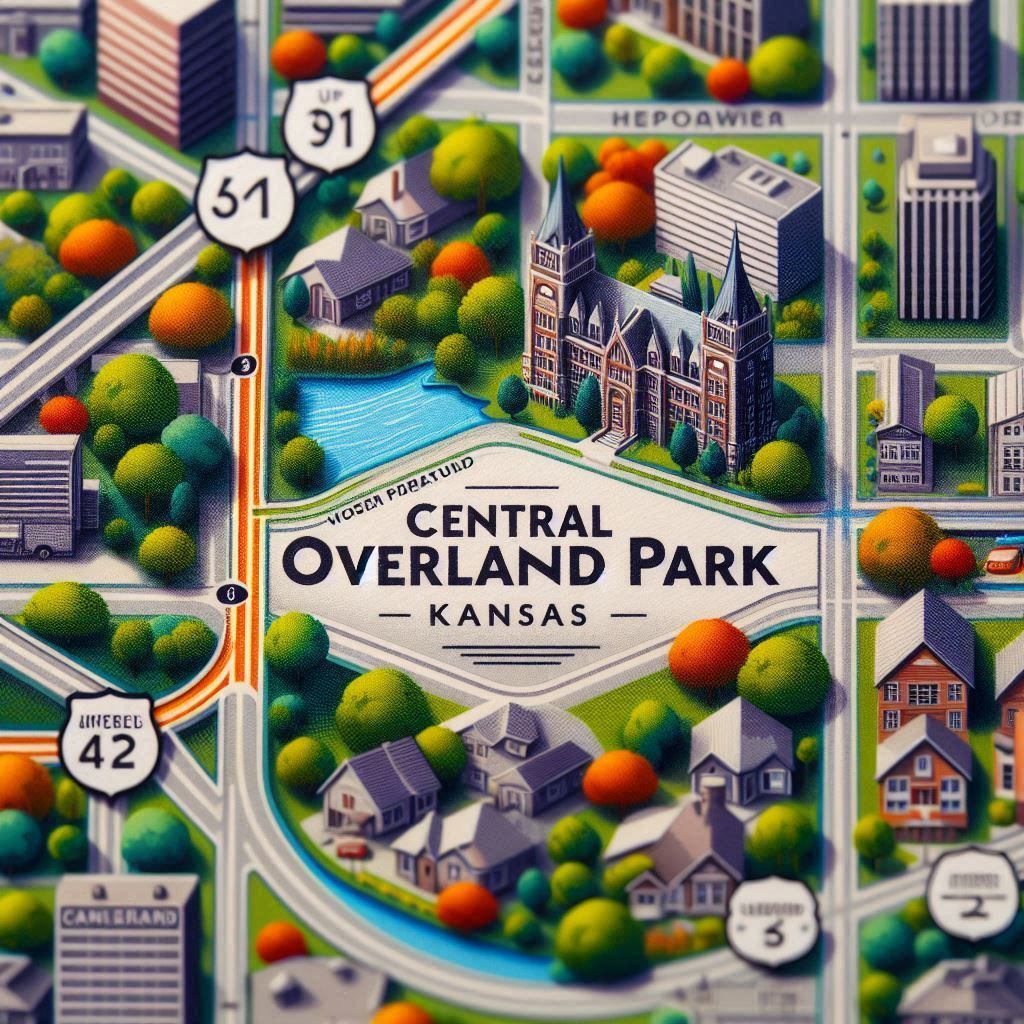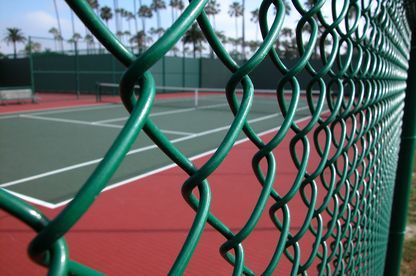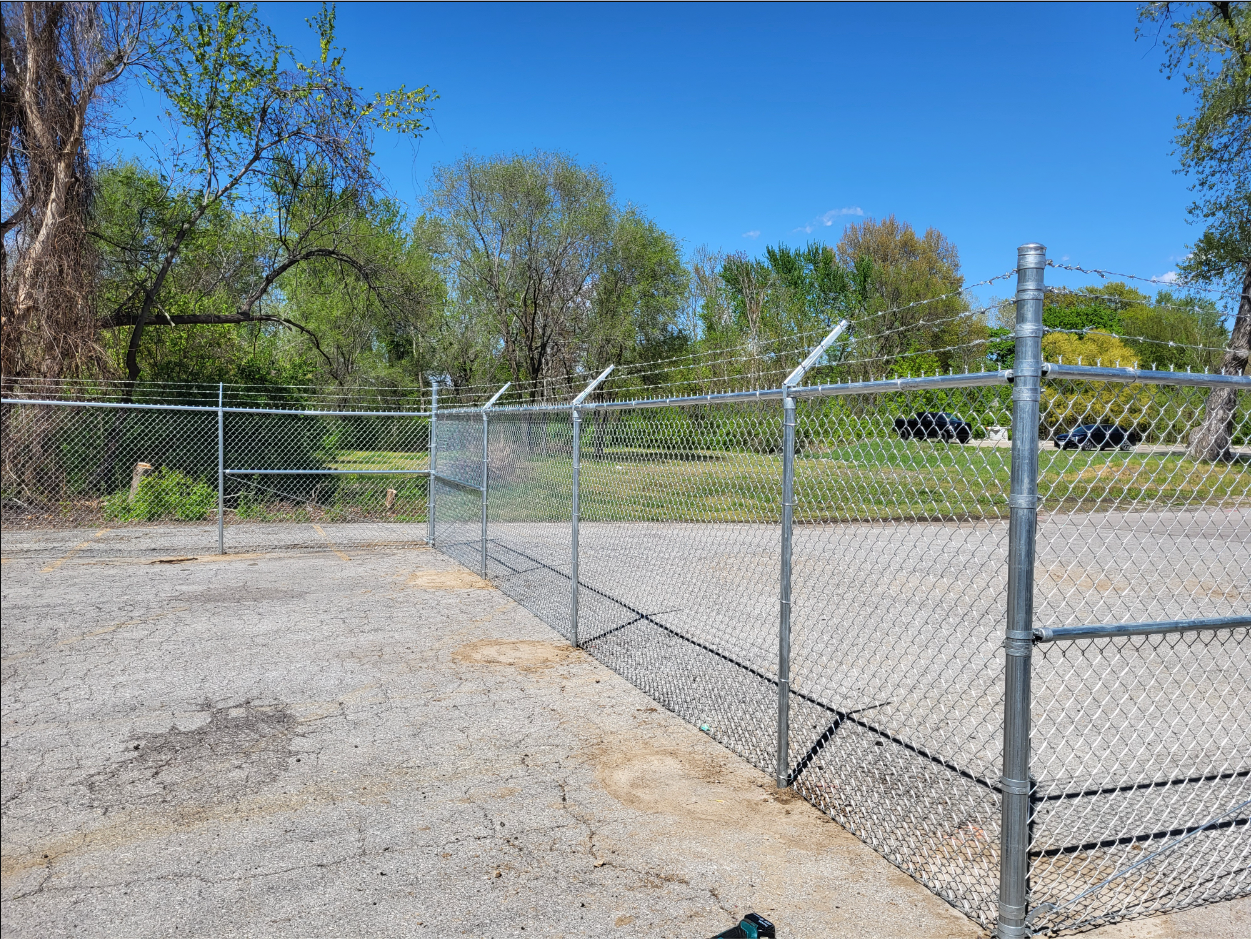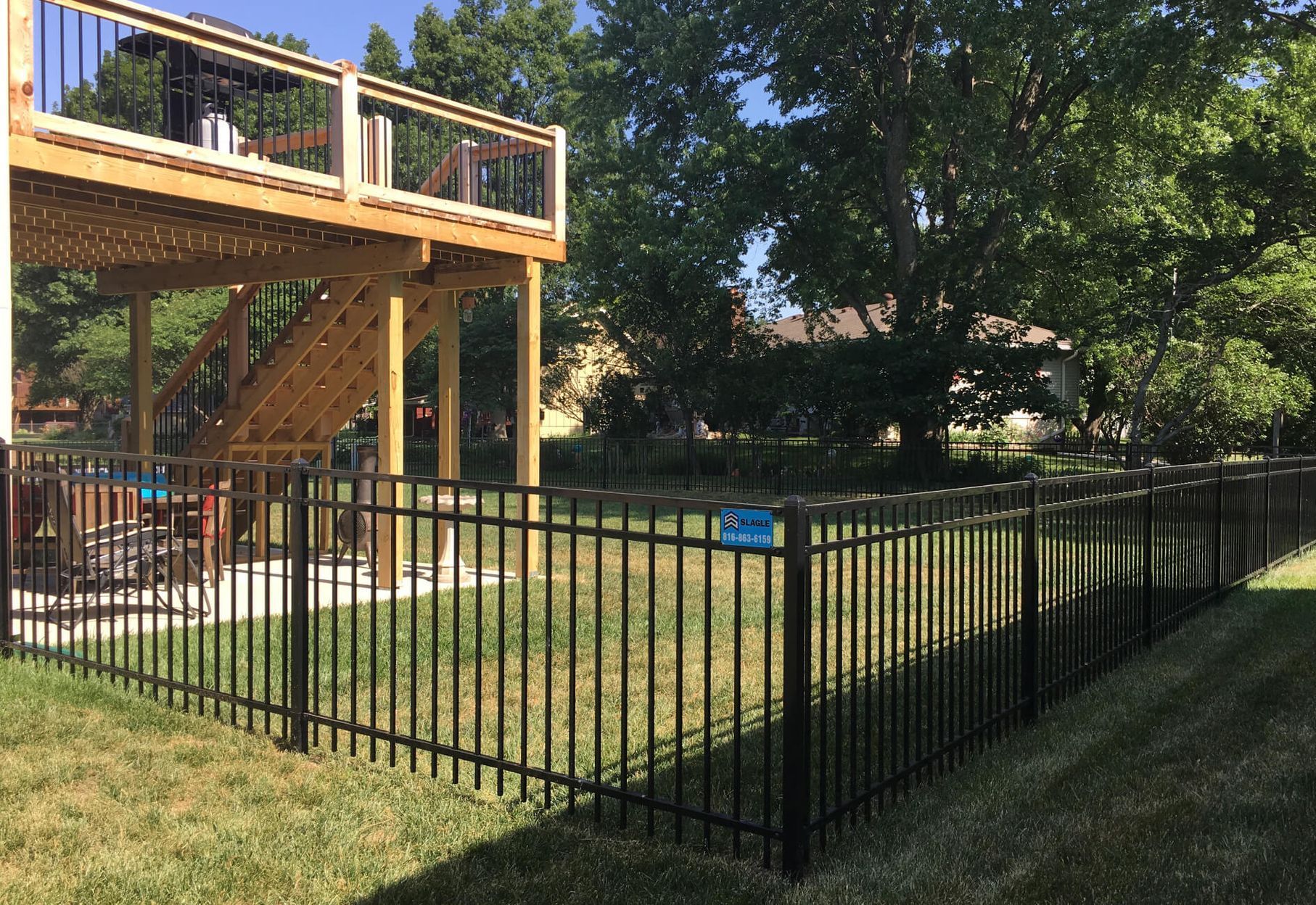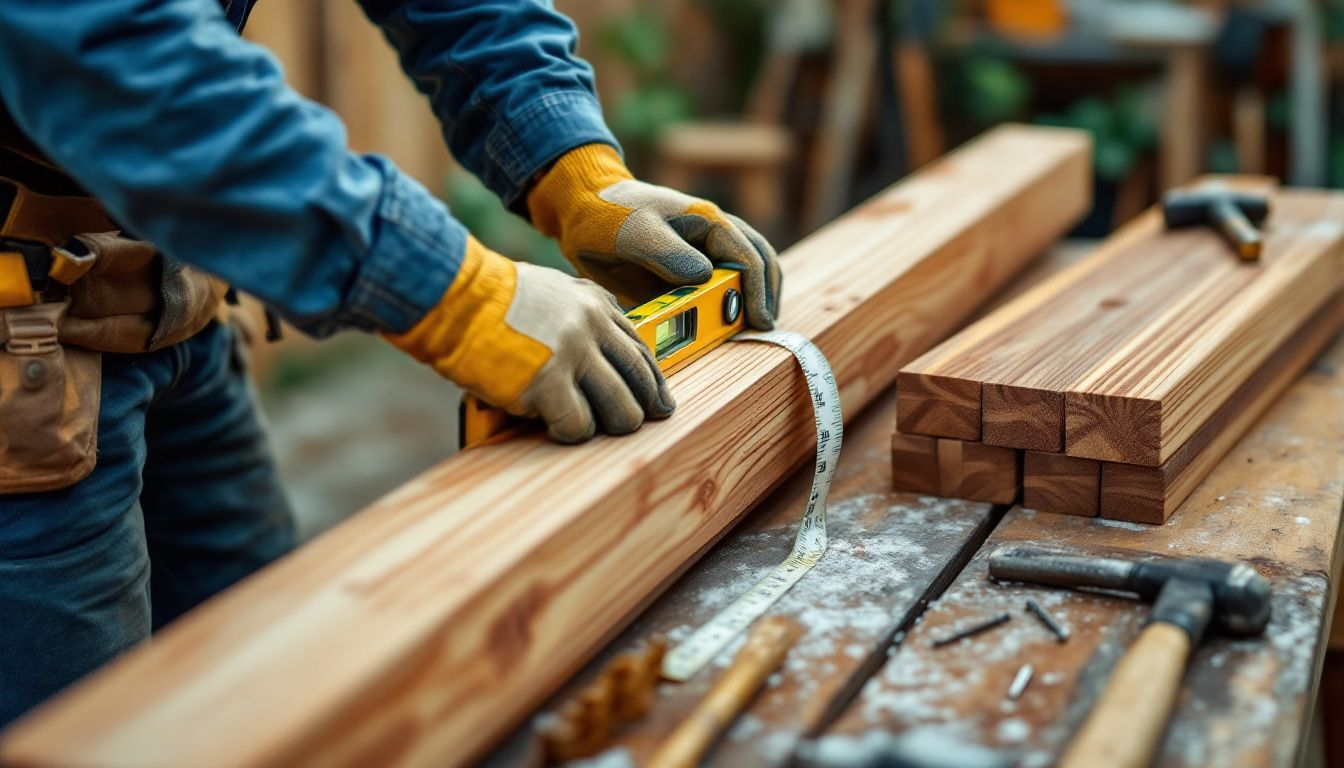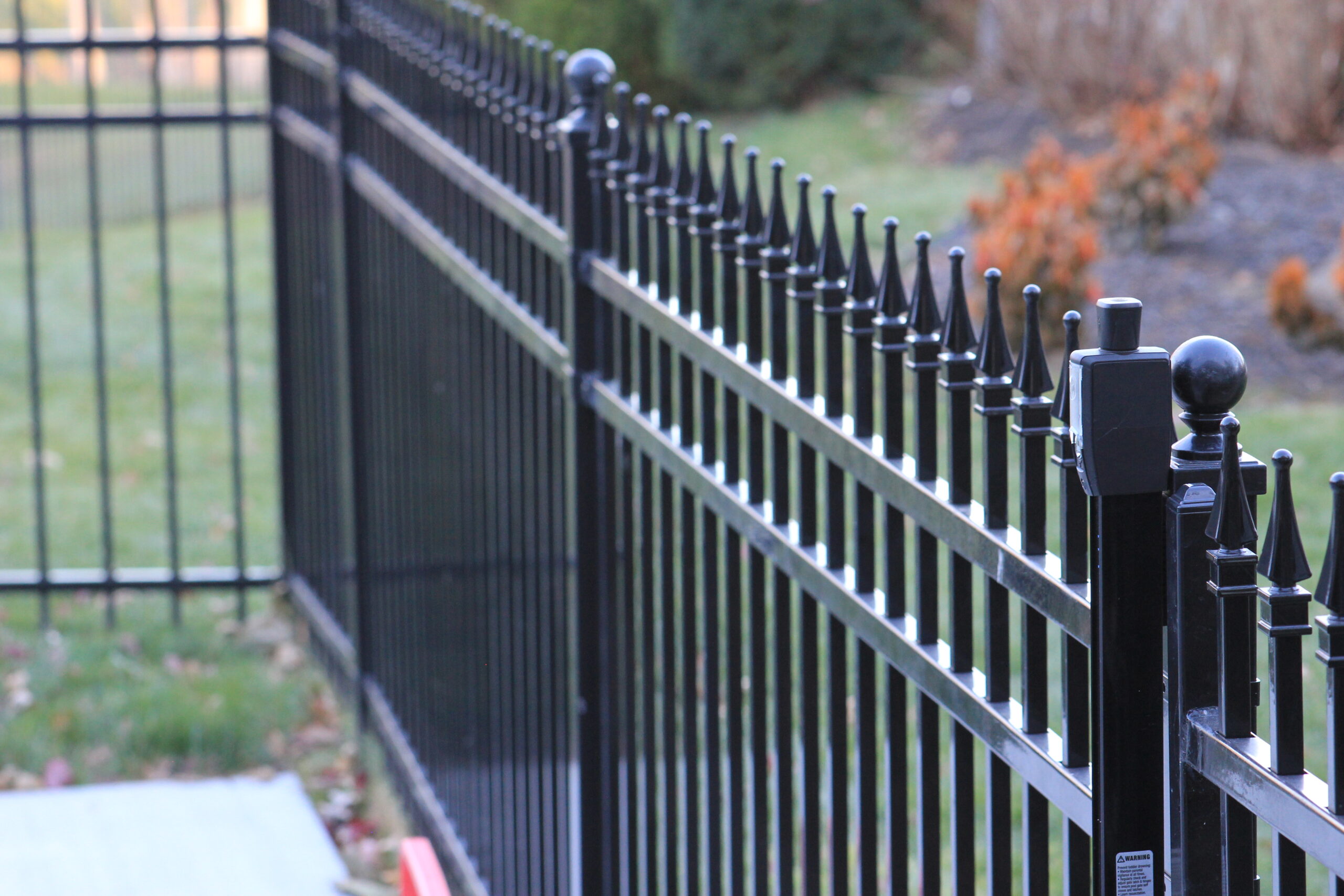If you’re planning to install a fence in the Kansas City metro area, navigating the various local regulations and codes can seem daunting. Each locality within the metro area—whether it’s Kansas City, Overland Park, Olathe, or other surrounding cities—may have its own set of rules governing fence height, materials, placement, and even aesthetics. Understanding these regulations is crucial to ensure your project complies with local laws and avoids potential fines or issues down the road.
1. Research Local Codes
Start by researching the specific regulations in your city or neighborhood. Visit the official website of your city or contact the local building department to obtain the latest information on fence codes. Pay attention to details such as allowable fence heights (which can vary between front, side, and rear yards), setback requirements from property lines and easements, and any restrictions on materials or styles.
2. Obtain Necessary Permits
In many jurisdictions within the Kansas City metro area, a permit is required before you can install a fence. The permit process ensures that your fence project meets safety and zoning standards. The application typically requires details such as a site plan showing the proposed fence location, dimensions, and materials. Allow sufficient time for the permit approval process, as it may vary depending on the workload of the local building department.
3. Consider Neighborhood or HOA Rules
If you live in a neighborhood with a homeowners association (HOA), there may be additional rules or guidelines governing fence installations. HOA regulations often focus on maintaining uniformity and aesthetics within the community. Review your HOA’s covenants, conditions, and restrictions (CC&Rs) to ensure your fence design complies with their requirements.
4. Hire a Knowledgeable Contractor
Working with a licensed and experienced fence contractor familiar with local codes is invaluable. A professional contractor can guide you through the regulatory maze, ensuring your fence project meets all legal requirements. They can also provide insights into the best materials and designs that comply with local codes while enhancing your property’s value and curb appeal.
5. Stay Informed and Communicate
Throughout the planning and installation process, stay informed about any updates or changes to local codes. Maintain open communication with your contractor, neighbors, and local authorities to address any concerns promptly. By staying proactive and compliant with regulations, you’ll avoid potential setbacks and enjoy a smooth fence installation experience.
In conclusion, navigating fence codes in the Kansas City metro area requires diligence and attention to detail. By understanding local regulations, obtaining necessary permits, and working with a reputable contractor, you can ensure that your fence project enhances your property while complying with all legal requirements. Stay informed, plan ahead, and enjoy the benefits of a well-built fence that meets both your needs and local standards.











